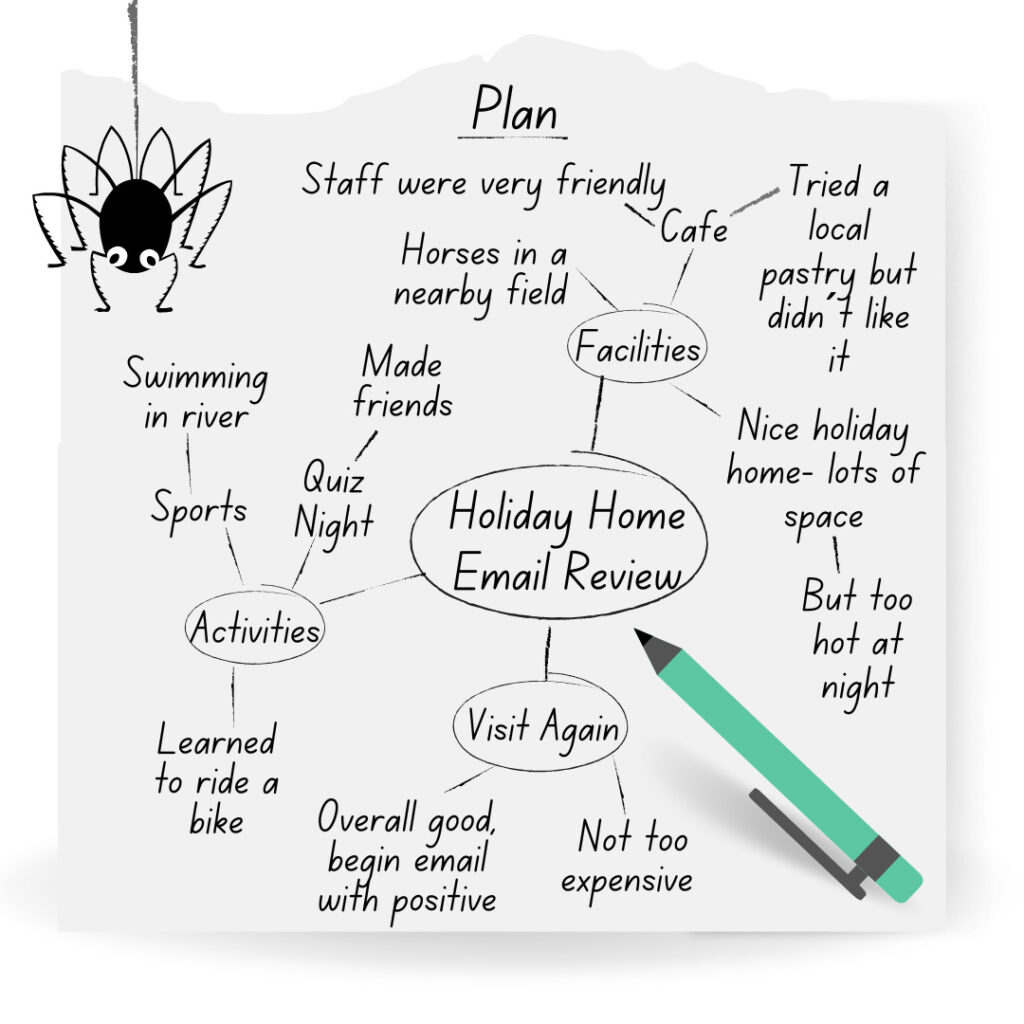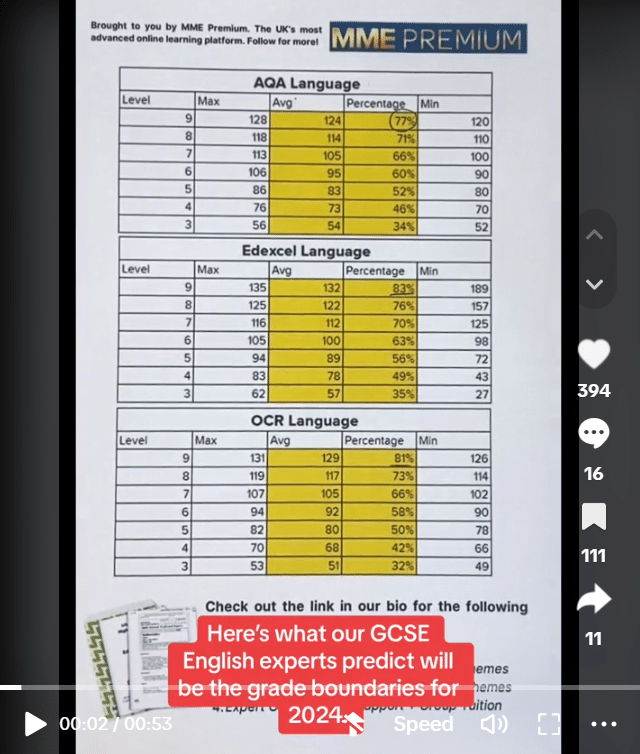Reading Fiction: Crafting Your Answers
Reading Fiction: Crafting Your Answers Revision
Reading Fiction: Crafting Your Answers
In the reading section of your exam, you will be tested on skills like:
- Understanding the purpose and audience of a text
- Being able to pick out explicit and implicit information from of a text
- Understanding which information is important within a text
- Making links between different texts
- Summarising information from a text
Mastering the reading section of your exam means that you will be able to take a text and pick out the methods that the writer uses to create meaning, and understand the ideas that the writer is conveying through the text.
It will also give you a better understanding of how to create a piece of writing: one of the best ways to learn is to pick apart what has already been written!
Planning
Before you go on to write your answer, it is important to be equipped with a solid plan.
There are many equally valid ways to plan an answer, so you should use whichever works best for you.
As long as you manage to clearly set out how your answer will develop before you write it, it doesn’t matter how you do it!

Some good methods for planning your answer are:
Spider Diagrams
Bullet Points
Flow Charts
There are also some pieces of broader advice that will be helpful no matter which method you pick:
- Always remember to carefully read, and then re-read the question.
- Read the text through twice: once to properly absorb and understand the information, and then again to pick out specific and important details.
- Writing brief notes along the side of the text will help you to remember which idea goes with which example from the text.
- Always remember to tailor your answer to suit the AOs – these are what you’re marked on!
Checking
So, you have now written your answer. Great!
Now it’s time to quickly check over what you’ve written.
Of course, it is unlikely that you will have time to fully re-write your answer, however you should try and allow five minutes to check for the following things:
- That all of your spelling is correct, especially for easily misspelled words.
- Ensure that every word that needs a capital letter has one: words at the beginning of a sentence and proper nouns are ones to look out for!
- Make sure that your handwriting is clear enough that it does not stop the examiner from understanding your answers.
- Provide the examiner with an easy time when giving you marks. Clearly signposting which elements of your answer align with the requirements of each AO will help with this.
- Check that your answer matches with what is being specifically asked of you in both the question and the AO.
By giving yourself just five minutes at the end of your answer to quickly check over these things, you’ll be able to significantly improve your final answer.
Structuring
Part of planning your answer should be about how you’re going to structure it.
Knowing the content of your answer is important too, but organising your thoughts and ideas properly is the key to achieving the highest grades!
First, it’s important to make sure that your plan includes content to cover each requirement of the question: you don’t want to reach a point in your answer that you haven’t planned for.
It’s also important to remember that the examiner marking your answers is working from a mark scheme, so you should tailor your answer to hit the specific areas that the mark scheme awards marks for.

Let’s take a look at an extract from an answer, and see how it matches up to the mark scheme:
“In the text, the writer uses sibilance found in ‘snakes slithered softly‘ to accomplish two things. First, it creates a sense of duality within the description of the forest: the animals found here act ‘softly‘ in accordance with their nature, to ‘slither‘, playing down the danger they pose.
However, the sibilance also allows the words to flow quicker across the page, increasing the pace of the text like a snake in action. It can also be seen as a metaphor that implies how the true nature of the snakes in the forest is sneaky and dangerous.”
We can see that this extract includes skills from a particular AO which you will be assessed on in your exam.
Specifically, AO2 is being met here, as language techniques are correctly identified, followed by an explanation of their effect. The extract also includes subject terminology and relevant quotes to support ideas.
Finally, there are some tips you can remember that will help you boost your marks:
- Always tailor your answer to the AO.
- Make it clear in your answers which information from the text creates which effect. The PEEL paragraph system is very good for structuring this into your answer.
- Try not to repeat the same points. While it might be appropriate to mention the repeated creation of an effect across a text, you need to make sure that you also cover different things within your answer.

MME Premium Membership
£19.99
/monthLearn an entire GCSE course for maths, English and science on the most comprehensive online learning platform. With revision explainer videos & notes, practice questions, topic tests and full mock exams for each topic on every course, it’s easy to Learn and Revise with the MME Learning Portal.
Sign Up Now

